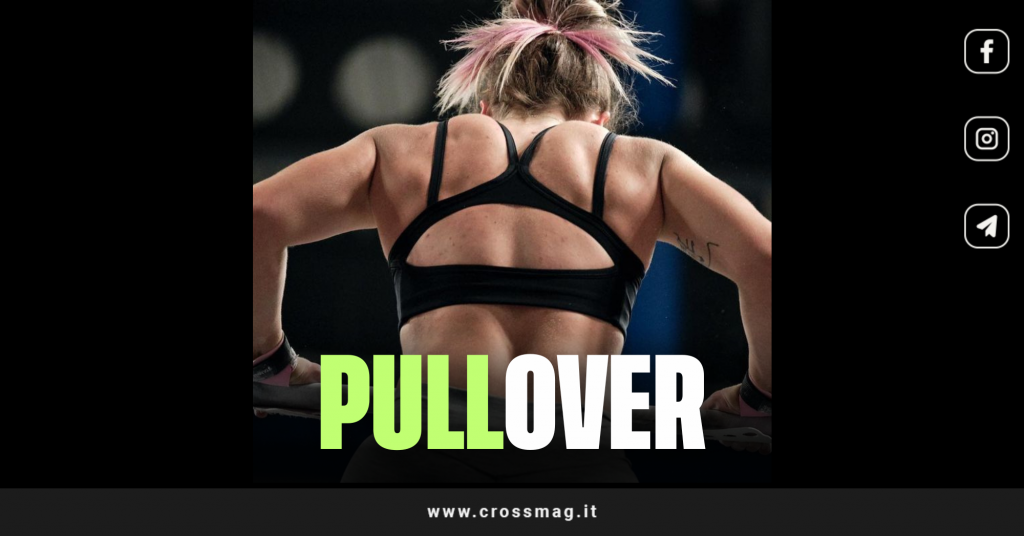Maybe you too have noticed that they are on social media videos of athletes struggling with pullovers on the bar became very popular, a challenging advanced gymnastics movement, which caused a sensation at the Games.
There is a very precise technique to perform this movement and, searching online we found some gems that can be very interesting to help you have a good command of this skill.
Curious? Let's find out more!
Index
Pullover: the secret lies in the grip!
La answer to accumulate rep is the pinch (made with three fingers). In the case of pull-overs on the barre, use the Glide Kip. Unlike the traditional kip, which involves a front-to-back swing to generate momentum, the Glide Kip changes the athlete's center of gravity by deliberately moving them in front of the bar before executing the movement.
This shift allows you to make better use of kinetic energy and timing, saving energy and allowing you to connect reps faster and with greater fluidity.
Alternatively, you always can perform the movement correctly 'strict', with little momentum. Although, this version uses a lot more force of the upper body and lacks efficiency/flow.
How to do pullovers
- Start from the hanging position: Grip the bar with your palms facing outward, slightly wider than shoulder width. He begins with his body suspended under the bar, arms fully extended and feet together. This will be your starting position.
- Traction phase: Use the Glide grip to create the right momentum for your legs, which must reach as high as possible, to allow you to do a turn.
- Pull over phase: Continue moving your body backwards until you are practically horizontal over the bar, with your arms extended and your chest facing forward.
- Return to starting position: From here, you can control the movement to return under the bar and launch into another rep.
video tutorials
Propedeutic
To build the strength and technique needed to perform a pull over, it is important to follow a preparatory path, i.e. a set of preparatory exercises who progressively develop the required skills.
Here are some preparatory exercises focused on strength, mobility and coordination, ideal for preparing for the pull-over:
- Pull-up: This exercise is essential for developing strength in the upper body, especially in the biceps, lats and shoulders. Be sure to vary your grip (prone, supine, neutral) to work slightly different muscle groups.
- Dip on parallel bars: Le dip to the parallels They strengthen the triceps, chest and shoulders, all important muscles for the transition phase of the pull over.
- Hanging Leg Raises: This exercise improves core strength and the ability to contract the abdomen, which is crucial for controlling movement during a pull over.
- Muscle-ups: Although it is more complex than the pull over, the muscle-up helps develop the strength and technique needed to transition over the bar. Practicing the transition phase of the muscle-up can be especially helpful.
- Skin the Cat: This exercise improves shoulder mobility and core strength, both essential for the pull over. It is performed starting from a position suspended from the bar, then bringing the legs up and through the arms, rotating the body backwards and returning to the starting position.
- Shoulder and chest mobility: Specific exercises to increase flexibility and mobility of the shoulders and chest are essential for performing the pull over without injuries. Consider dynamic stretching, yoga, or shoulder-specific movements.
Are you ready to try? Challenge launched!

